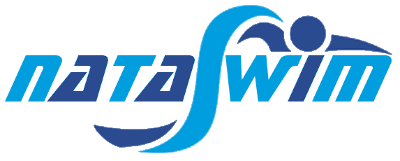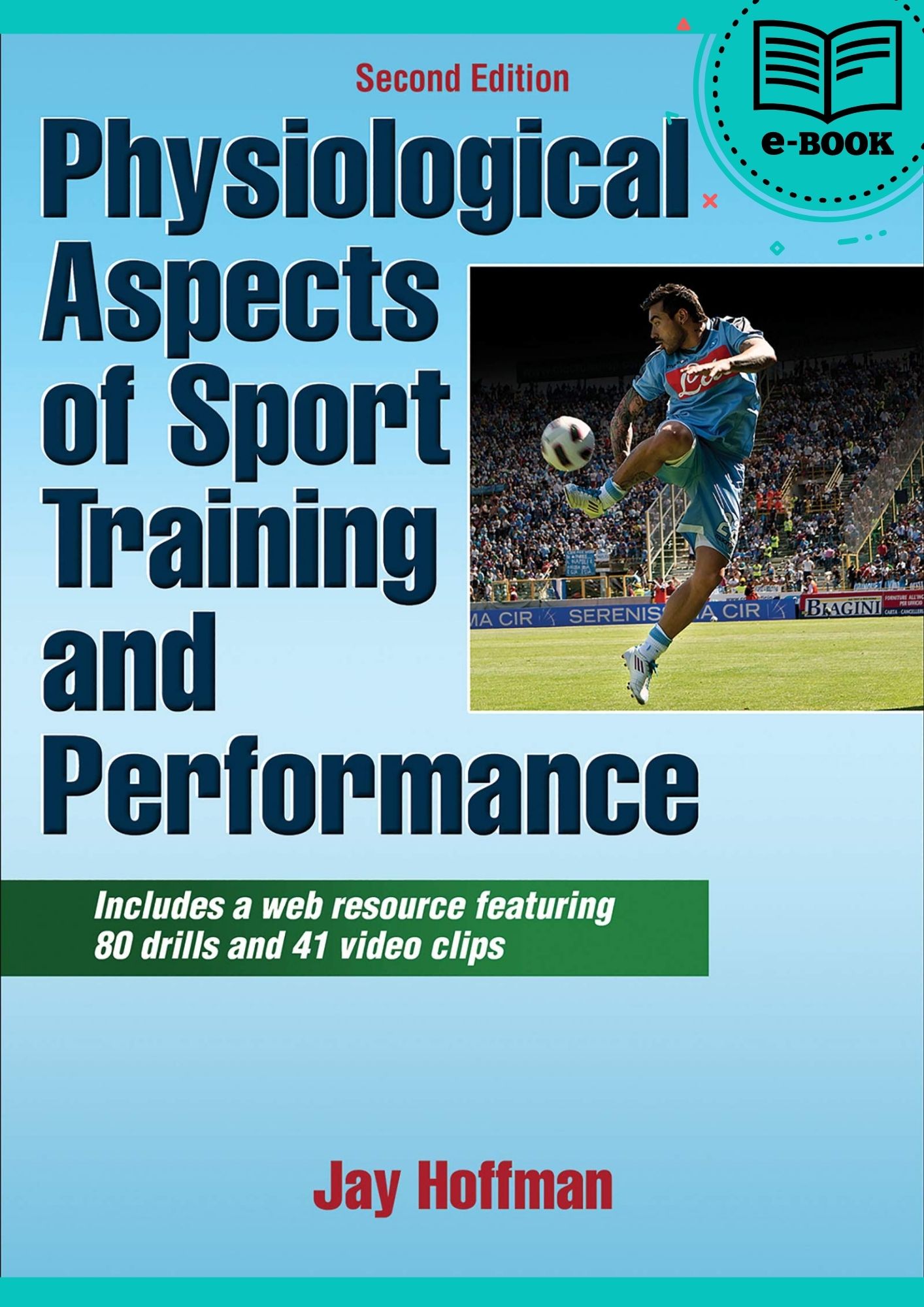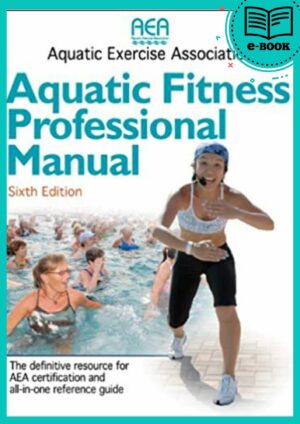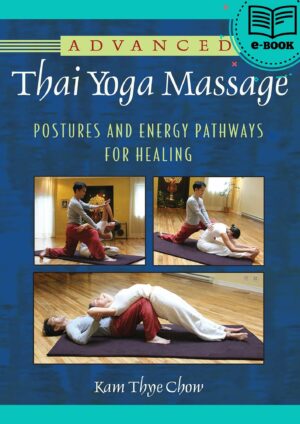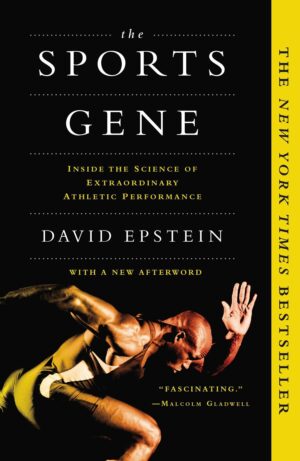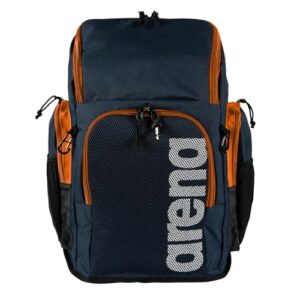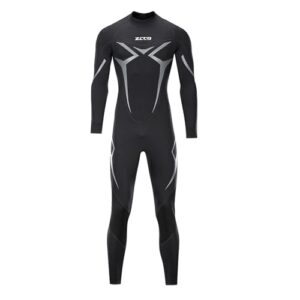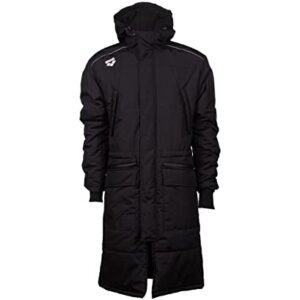Physiological Aspects of Sport Training and Performance
Physiological Aspects of Sport Training and Performance, Second Edition, is organized into five parts. The first part examines physiological adaptation and the effects of various modes of training on biochemical, hormonal, muscular, cardiovascular, neural, and immunological adaptations. The second part covers principles of exercise training and prescription. The third part discusses nutrition, hydration status, sport supplementation, and performance-enhancing drugs. The fourth part focuses on environmental factors and their influence on sport performance. The fifth and final part is focused on how certain medical and health conditions influence sport performance.
200 en stock
€ 9.00

Part I. Physiological Adaptations to Exercise
Chapter 1. Neuromuscular System and Exercise
Muscle Structure
Muscle Contraction
Neuromuscular System
Muscle Fiber Types
Muscle Recruitment
Muscle Proprioceptors
Neuromuscular Adaptations to Exercise Training
Summary
Review Questions
Chapter 2. Endocrine System and Exercise
Overview of the Endocrine System
Hormonal Transport and Binding Proteins
Hormones and Exercise
Metabolic Hormones
Fluid Regulatory Hormones
Opioids and Exercise
Summary
Review Questions
Chapter 3. Metabolic System and Exercise
ATP-PC Energy Source
Glycolytic Energy Source
Lactic Acid Controversy
Lactate Shuttle
Oxidative Energy Source
Interaction of the Energy Sources
Metabolic Adaptations to Endurance Training
Metabolic Adaptations to Anaerobic Exercise
Summary
Review Questions
Chapter 4. Cardiovascular System and Exercise
Overview of Cardiovascular System
Overview of Respiratory System
Cardiovascular Response to Acute Exercise
Pulmonary Ventilation During Exercise
Cardiovascular Response to Training
Respiratory Adaptations to Training
Training Effects on Minute Ventilation and Ventilatory Equivalent
Effects of Training on Bloodand Red Blood Cells
Summary
Review Questions
Chapter 5. Immunological System and Exercise
Cells of the Immune System
Lymphocytes
Immunoglobulins
Cytokines
Complement System
Acute-Phase Proteins
Exercise and Immune Response
Summary
Review Questions
Part II. Exercise Training Principles and Prescriptions
Chapter 6. Principles of Training
Specificity Principle
Overload Principle
Progression Principle
Individuality Principle
Principle of Diminishing Returns
Principle of Reversibility
Summary
Review Questions
Chapter 7. Warm-Up, Flexibility, and Balance Training
Warm-Up
Flexibility
Stability and Balance Training
Summary
Review Questions
Chapter 8. Resistance Training
Resistance Training Program Development
Various Modes of Resistance Training
Alternative Methods of Resistance Training
Resistance Training Effects on the Components of Fitness
Women and Resistance Training
Examples of Resistance Training Programs
Summary
Review Questions
Chapter 9. Power Training
Scientific Basis for Power Training
Relationship Between Force, Velocity, and Power
Training Methods for Power Development
Plyometrics
Ballistic Training
Olympic Weightlifting
Summary
Review Questions
Chapter 10. Anaerobic Conditioning
Anaerobic Conditioning
Selection of Rest Intervals for Anaerobic Conditioning
Anaerobic Conditioning Exercises
Summary
Review Questions
Chapter 11. Speed and Agility Development
Speed Development
Agility Development
Summary
Review Questions
Chapter 12. Endurance Training
Physiological Adaptations to Endurance Training
Factors Relating to Endurance Performance
Endurance Exercise Prescription
Endurance Training Programs
Summary
Review Questions
Chapter 13. Concurrent Training
Effect of Concurrent Strength and Endurance Training on VodO2
Effect of Concurrent Strength and Endurance Training on Maximal Strength
Effect of Sequence of Training on Endurance and Strength Improvements
Effect of Concurrent Training on Muscle Growth and Muscle Fiber Characteristics
Effect of Concurrent Training on Protein Signaling
Effect of Concurrent Training on Hormonal Adaptations
Effect of Concurrent Training on Basal Metabolic Rate and Weight Loss
Effects of Combined Sprint and Resistance Training
Summary
Review Questions
Chapter 14. Periodization
Periodization for All Disciplines
Models of Periodization
Efficacy of Periodization
Periodized Training Program for a Strength–Power Athlete in a Team Sport
Periodized Training Program for a Strength–Power Athlete Preparing for a Specific Event
Periodized Training Program for an Endurance Athlete
Summary
Review Questions
Chapter 15. Program Development and Implementation
Training Sessions
Off-Season Training Program
Preparatory–Hypertrophy Phase
Strength Phase
Competitive Season (Maintenance Phase)
Training Program Considerations for Aerobic Endurance Athletes
Summary
Review Questions
Chapter 16. Athletic Performance Testing and Normative Data
Factors Affecting Performance Testing
Administrative Considerations for Assessment
Tests for Needs Assessment and Program Evaluation
Strength
Anaerobic Power and Anaerobic Fitness
Maximal Aerobic Capacity and Aerobic Endurance
Speed
Agility
Body Composition
Summary
Review Questions
Part III. Nutrition, Fluid Regulation, and Nutritional Supplementation
Chapter 17. Sports Nutrition
Classes of Nutrients and Their Functions
Nutrient Utilization in Athletic Performance
Timing of Nutritional Intake
Summary
Review Questions
Chapter 18. Hydration
Water Balance at Rest and During Exercise
Effects of Hypohydration on Physiological Function
Electrolyte Balance During Exercise
Effects of Hypohydration on Performance
Fluid Replacement During Exercise
Summary
Review Questions
Chapter 19. Dietary Supplementation
Dietary Supplement Regulation
Dietary Supplements for Muscle Growth and Strength–Power Development
Creatine
? -Hydroxy- ?-Methylbutyrate
Dietary Supplements for Intracellular and Intercellular Buffering
Dietary Supplements for Energy
Popular Dietary Supplements That May Have Ergogenic Potential
Summary
Review Questions
Chapter 20. Performance-Enhancing Drugs
Anabolic Steroids
Testosterone Precursors
Masking Agents
Human Chorionic Gonadotropin
Anti-Estrogens
Growth Hormone
Thyroid Drugs
Central Nervous System Stimulants
Site Enhancement Drugs
Blood Doping
Erythropoietin
?-Blockers
Summary
Review Questions
Part IV. Environmental Factors
Chapter 21. Heat
Physiological Response to Exercise in the Heat
Heat and Performance
Heat Acclimatization
Heat Illnesses
Monitoring Heat Stress
Heat Stress Indices
Summary
Review Questions
Chapter 22. Cold
Cold Stress: Factors Contributing to Heat Loss
Physiological Responses to Exercise in the Cold
Acclimatization to the Cold
Exercise Performance and the Cold
Medical Concerns
Summary
Review Questions
Chapter 23. Altitude
The Hypobaric Environment
Physiological Response to Altitude
Effect of Altitude on Athletic Performance
Altitude Acclimatization
Chronic Altitude Exposure and Benefits for Endurance Performance
Training at Altitude for Improved Performance at Altitude
Training at Altitude for Improved Performance at Sea Level
Simulated Altitude and Ethical Issues
Clinical Problems Associated With Acute Exposure to Altitude
Summary
Review Questions
Part V. Medical and Health Conditions
Chapter 24. Overtraining
Definitions of Overtraining
Contributing Factors
Comparison of Endurance and Strength–Power Athletes
Susceptibility to Overtraining
Recognition of Overtraining
Methods Used to Monitor Athletic Performance
Treatment of Overtraining
Summary
Review Questions
Chapter 25. Diabetes
Overview of Diabetes Mellitus
Exercise and Diabetes
Exercise Prescription for Athletes With Diabetes
Exercise Prescription for Noncompetitive, Recreational Athletes With Diabetes
Summary
Review Questions
Chapter 26. Exercise-Induced Bronchospasm
What Is Exercise-Induced Bronchospasm?
Pathophysiology of EIB
Diagnosis of EIB
Factors Modifying the Asthmatic Response to Exercise
Treatment of EIB
How to Exercise With Asthma (Nonpharmacologic Therapy)
Summary
Review Questions
Chapter 27. Sudden Death in Sports
Sickle Cell Trait
Exertional Heatstroke
Cardiac Events
Traumatic Brain Injury
Jay Hoffman,
is the director of the Institute of Exercise Physiology and Wellness and a professor of sport and exercise science at the University of Central Florida. He is also the chair of the education and human sciences department. Long recognized as an expert in the field of exercise physiology, Hoffman has more than 190 publications in refereed journals, book chapters, and books, and he has lectured at more than 370 national and international conferences and meetings. A former professional athlete, Hoffman has coached elite athletes and conducted research on them throughout his professional career. This combination of the practical and the theoretical provides him with a unique perspective on writing for both coaches and academic faculty. Hoffman was elected president of the National Strength and Conditioning Association (NSCA) in 2009. He was awarded the 2005 Outstanding Kinesiological Professional Award by the Neag School of Education at the University of Connecticut, the 2007 Outstanding Sport Scientist of the Year by the NSCA, and the 2000 Outstanding Junior Investigator Award by the NSCA. A fellow of both the American College of Sports Medicine and National Strength and Conditioning Association, Hoffman is the editor of NSCA’s Guide to Program Design (Human Kinetics, 2012) and the author of Norms for Fitness, Performance, and Health (Human Kinetics, 2006). He earned his PhD in exercise science from the University of Connecticut.
Informations complémentaires

